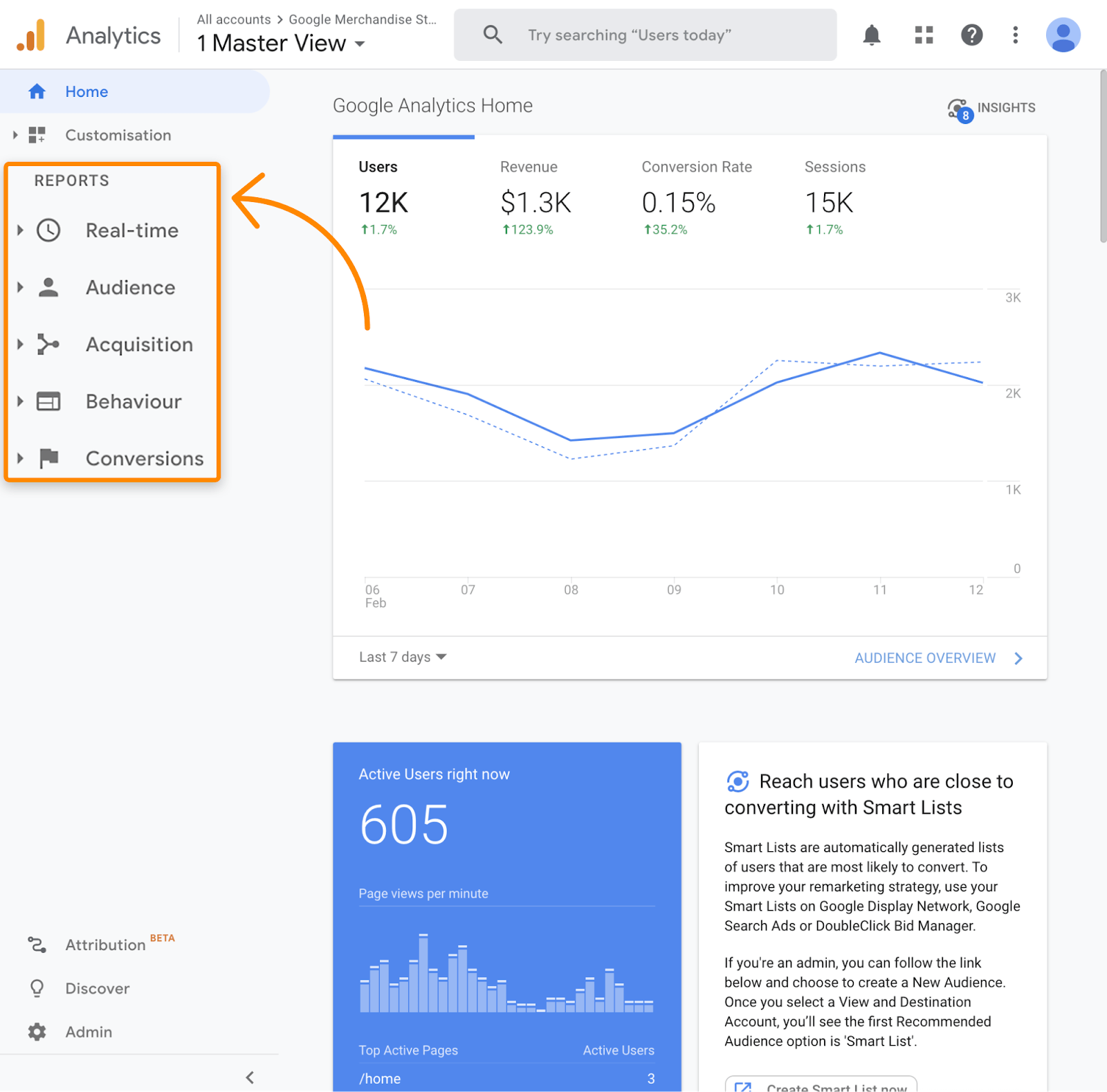Comprehending Secondary Dimensions in Google Analytics: Definition and Strategic Integration
Comprehending Secondary Dimensions in Google Analytics: Definition and Strategic Integration
Blog Article
Introducing the Influence of Additional Measurement in Google Analytics on Data Evaluation and Insights
In the world of data analytics, the use of secondary measurements within Google Analytics has become a crucial tool for extracting deeper understandings and unraveling complicated patterns that could or else continue to be obscured. By peeling back the layers of key data sets, secondary measurements provide a nuanced viewpoint that enhances the understanding of customer habits, site performance, and the efficiency of marketing methods. Nevertheless, truth impact and untapped capacity of second dimensions are often undervalued, overshadowed by the appeal of primary metrics. As we browse with the elaborate landscape of data analysis, the significance of second dimensions ends up being significantly obvious, dropping light on important details that hold the key to educated decision-making and calculated optimizations.
Checking Out the Concept of Secondary Measurements
Second dimensions in Google Analytics supply additional understandings by enabling users to assess primary information in conjunction with a second quality. By integrating secondary dimensions, users can dig much deeper into the information and uncover valuable connections that could or else go undetected - what is a secondary dimension in google analytics.
Recognizing the principle of second measurements is critical for taking full advantage of the potential of Google Analytics. It enables individuals to sector information properly, identify patterns, and make notified choices based on an extra complete image of their analytics data. By exploring the various additional measurements readily available in Google Analytics, customers can unlock brand-new insights and maximize their digital advertising efforts. Essentially, secondary dimensions work as a powerful tool for improving information analysis and driving actionable outcomes.
Enhancing Data Analysis With Additional Measurements
Having actually established the foundational understanding of additional dimensions in Google Analytics and their essential function in information evaluation, the focus now changes towards leveraging these secondary credit to boost the analysis of analytics information (what is a secondary dimension in google analytics). By including second dimensions into data evaluation, experts can gain deeper understandings into user actions, website efficiency, and advertising and marketing performance

In addition, second measurements assist in contextualizing primary data metrics by giving additional layers of info. This contextualization help in comprehending the 'why' behind the data trends, helping experts make informed decisions and optimizations to enhance general efficiency. Ultimately, including second dimensions enriches the data interpretation process, causing more purposeful insights and tactical activities.
Discovering Hidden Insights Through Additional Dimensions
Exploring the midsts of analytics information with additional measurements discloses valuable understandings that would certainly otherwise stay obscured. By including secondary dimensions in Google Analytics, services can unearth hidden patterns, trends, and relationships that offer a more extensive understanding of user habits and site performance. These additional layers of information enable analysts to dig much deeper into the key dimensions, such as traffic resources or landing pages, and acquire a much more nuanced viewpoint on exactly how different variables connect with each other.
Through the use of additional dimensions, analysts can section and compare data across different dimensions, enabling them to recognize particular aspects that affect user involvement, conversion rates, and overall success metrics. By matching the primary measurement of 'gadget group' with the additional measurement of 'age group,' online marketers can pinpoint which age demographics choose accessing the website with mobile gadgets versus desktops.
Leveraging Second Dimensions for Actionable Analytics
Building upon the insights revealed through secondary measurements in Google Analytics, companies can now harness this enriched data landscape to drive workable analytics and strategic decision-making. click this site By leveraging additional measurements, companies can delve much deeper right into their data to remove valuable patterns, trends, and relationships that might have previously gone unnoticed. This deeper degree of evaluation allows services to get a much more extensive understanding of customer behavior, campaign efficiency, and overall website performance.
One secret advantage of making use of additional measurements for workable analytics is the capability to sector information based upon specific standards. This division permits organizations to customize their projects and methods to different audience teams, bring about extra targeted and reliable advertising and marketing efforts - what is a secondary dimension in google analytics. Additionally, second measurements give an even more holistic view of individual interactions, allowing businesses to maximize their web site material, design, and general user experience
Optimizing Decision-Making With Second Measurements
To improve tactical decision-making in analytics, leveraging secondary measurements in Google Analytics can provide a much more nuanced viewpoint on user actions and campaign efficiency. By including second dimensions right into data evaluation, businesses can dig deeper right into the specifics of their web site visitors' communications and involvement patterns. This extra layer of information enables an extra detailed understanding of exactly how different variables, such as demographics, tools, or web traffic resources, impact crucial efficiency signs.

Verdict
To conclude, using additional measurements in Google Analytics plays a crucial duty in boosting information evaluation and uncovering covert insights. By discovering this idea, one can acquire a much these details deeper understanding of individual actions and make notified choices based on actionable analytics. Leveraging secondary measurements allows for an extra thorough analysis of data and makes best use of the performance of decision-making processes.

Report this page